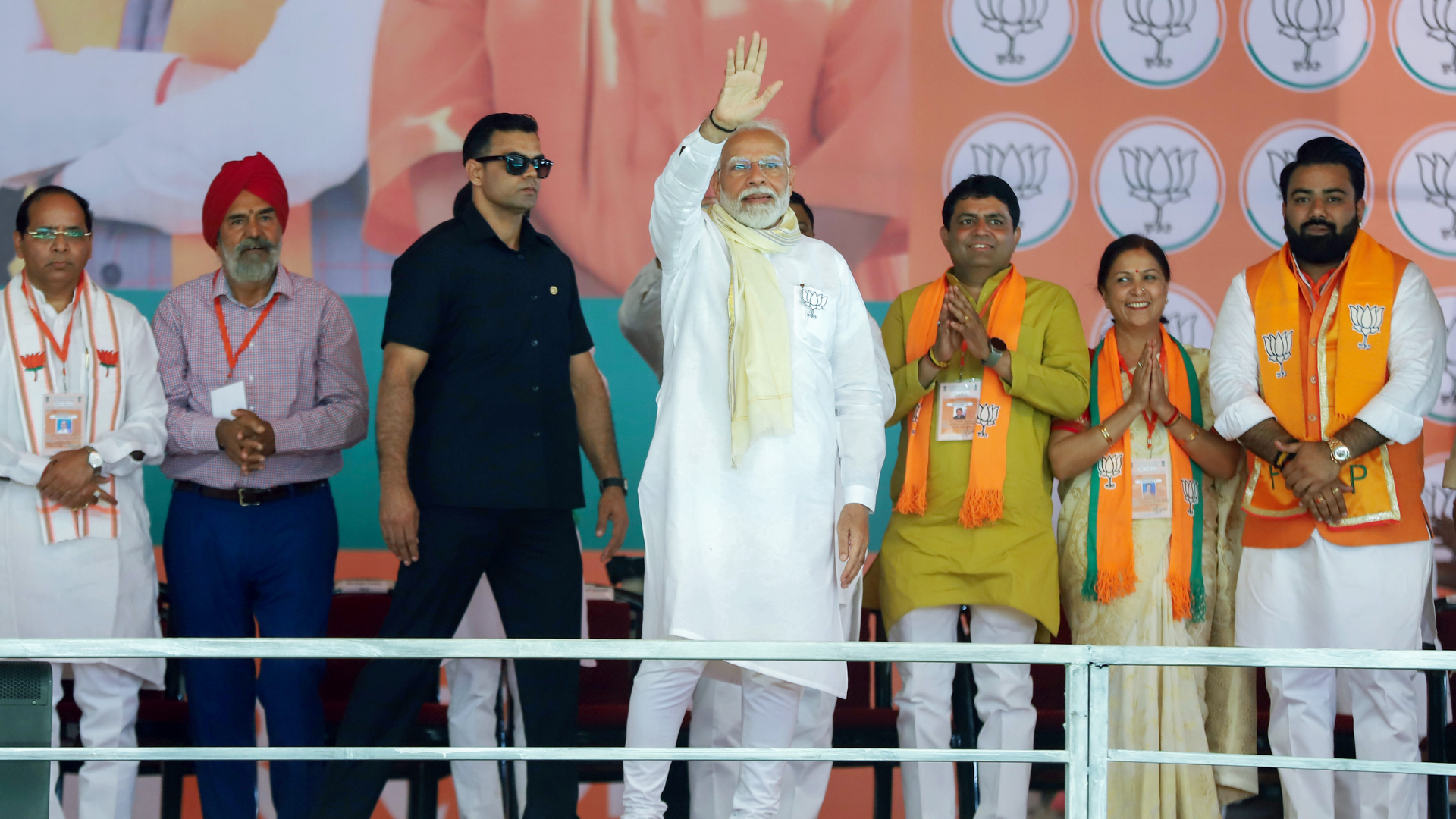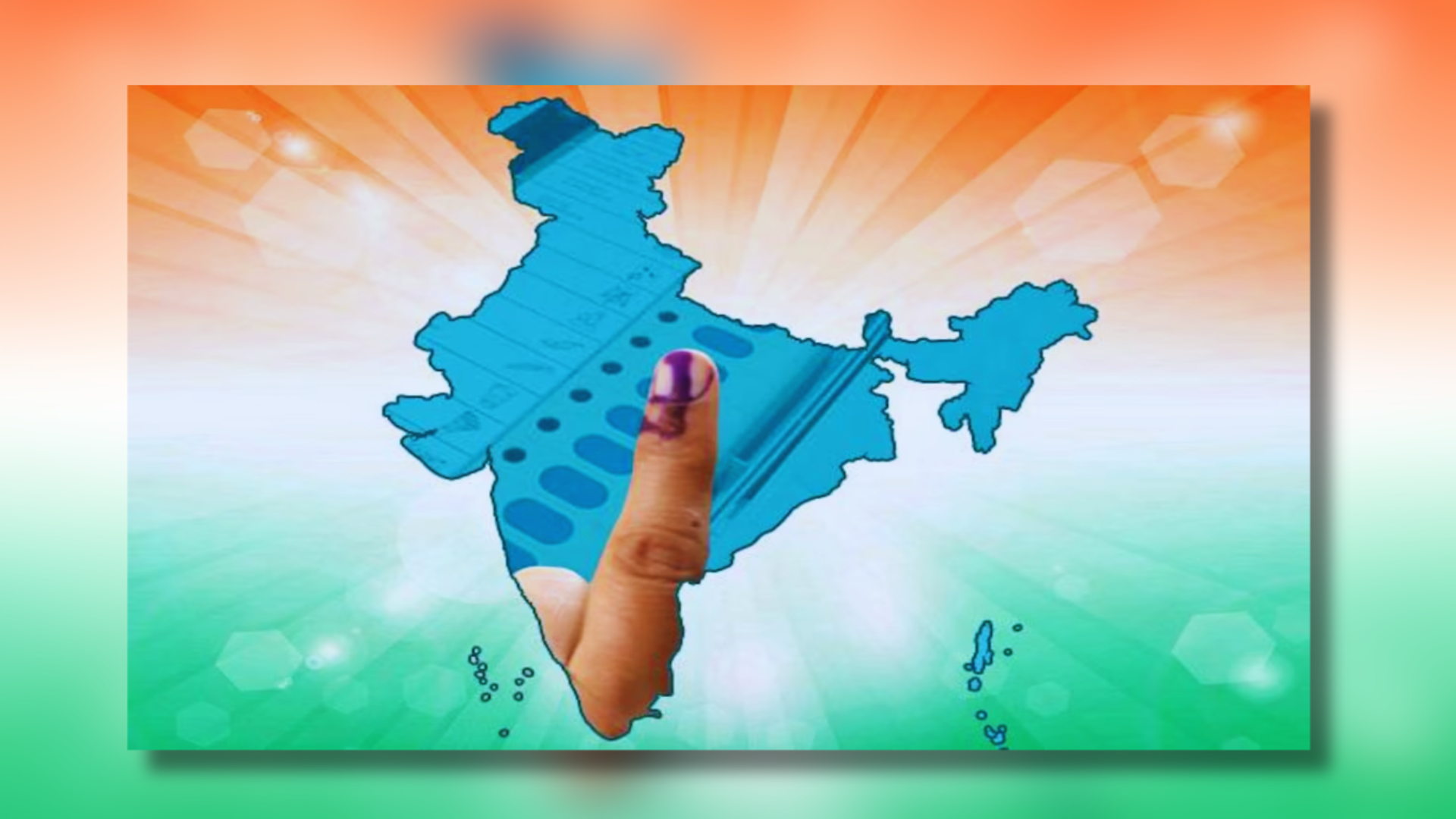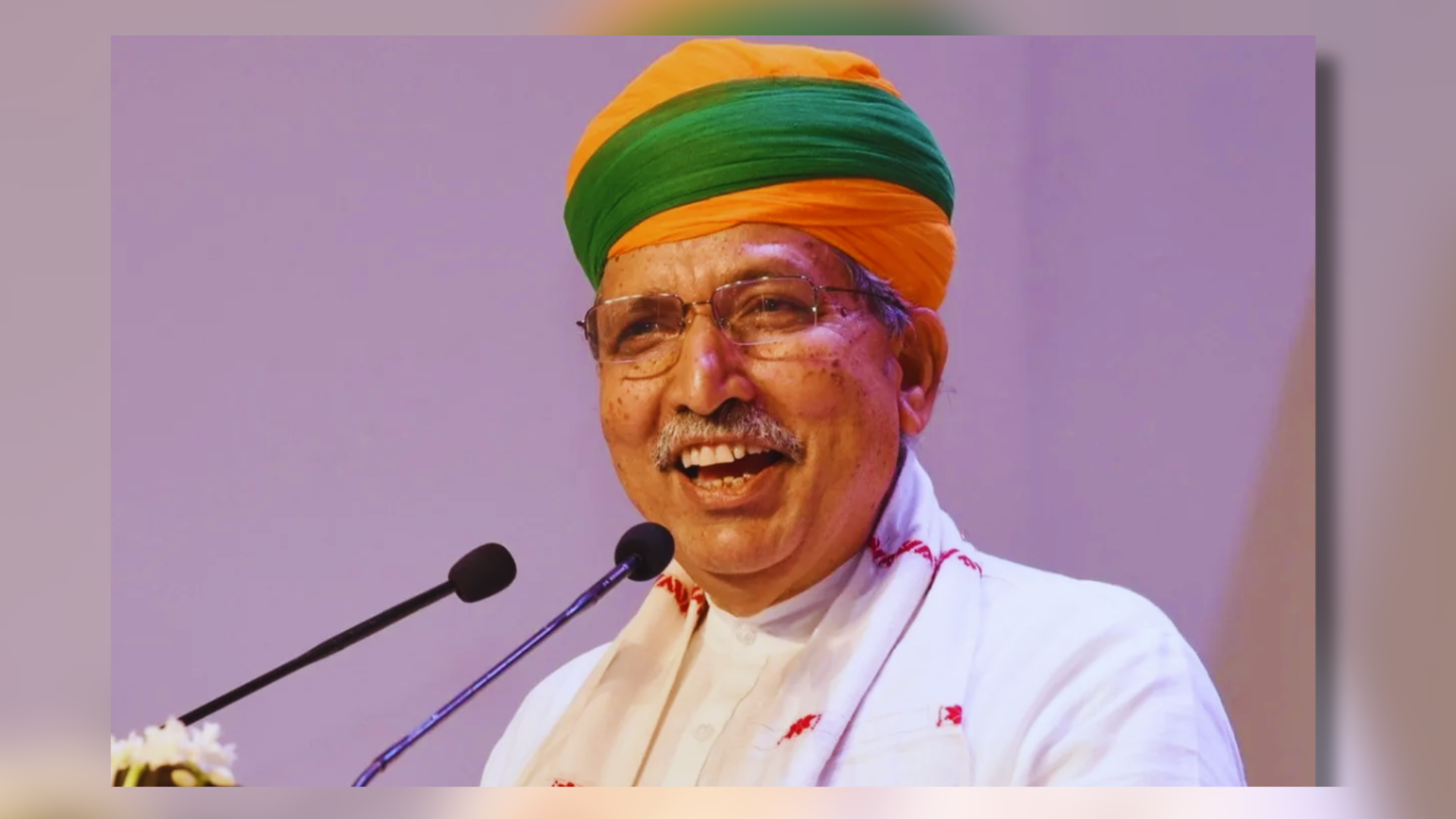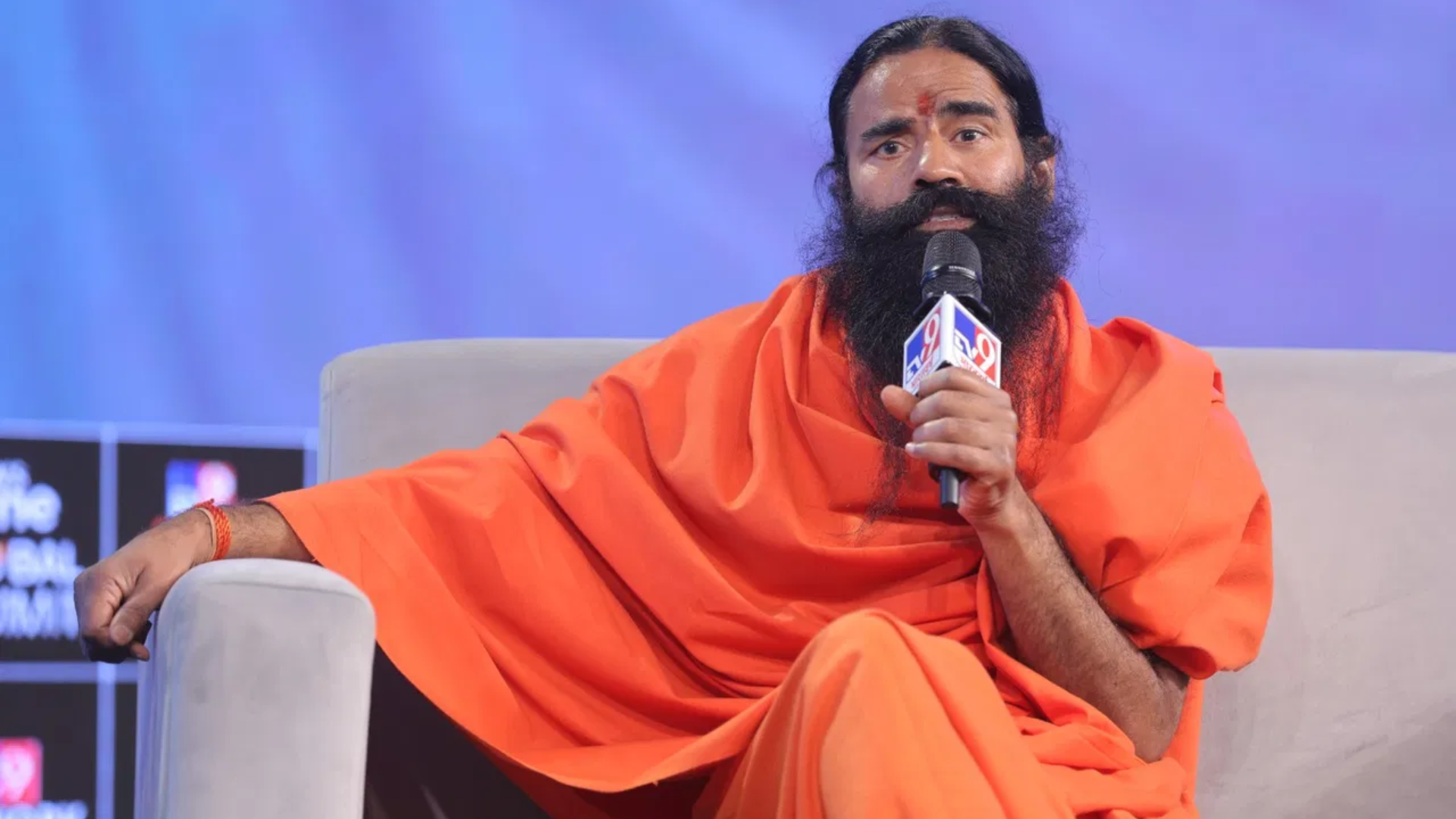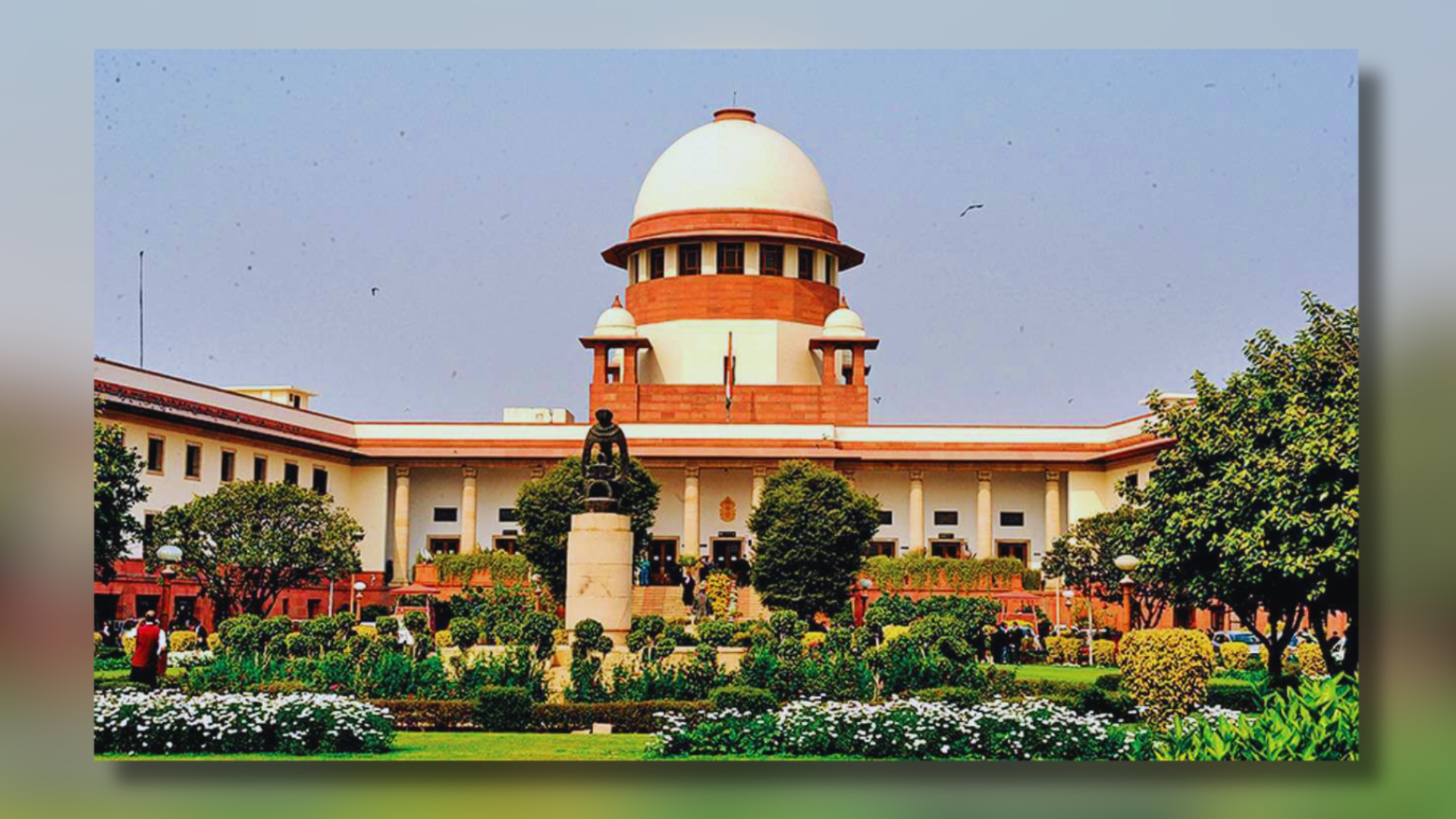


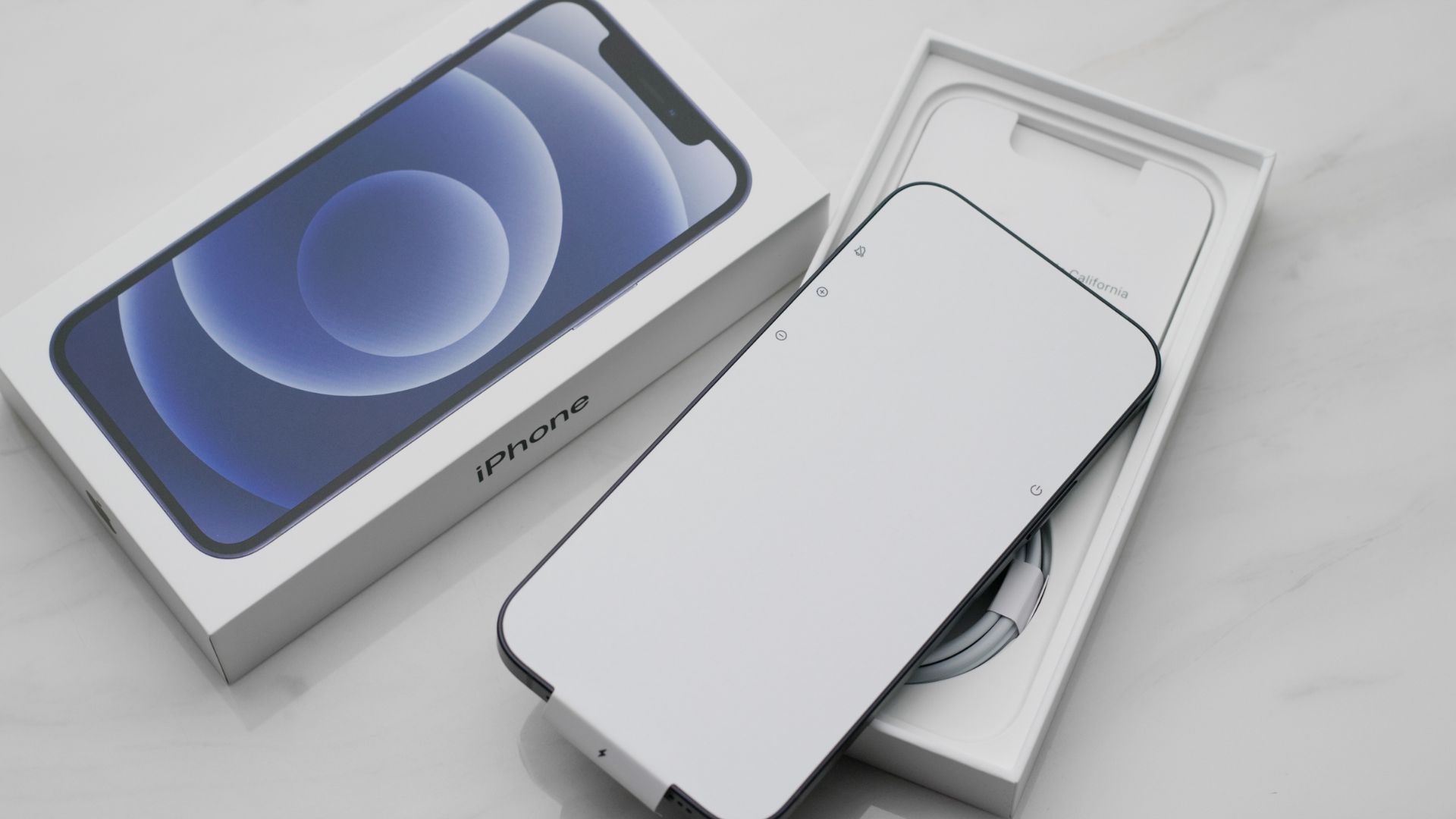
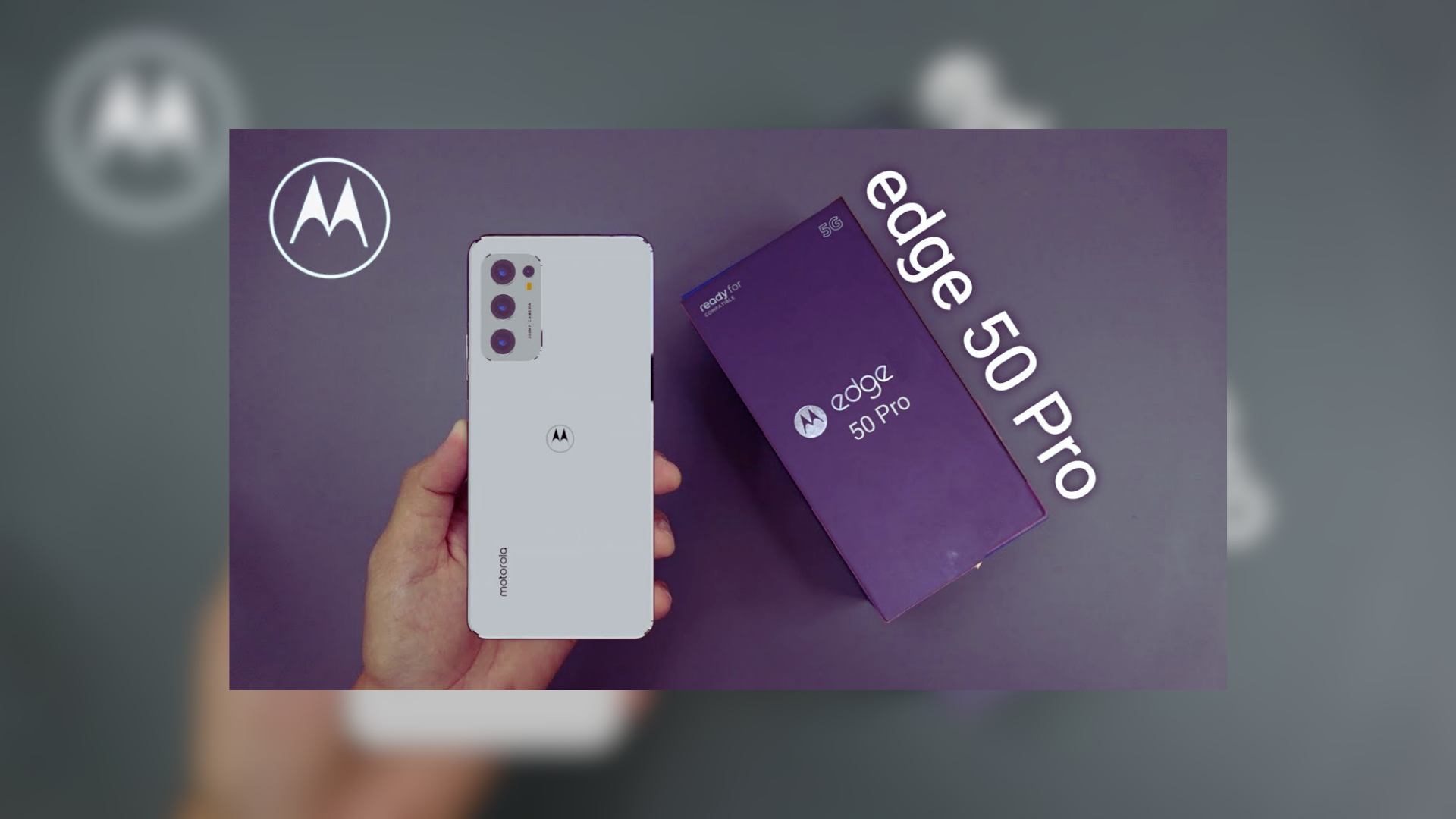

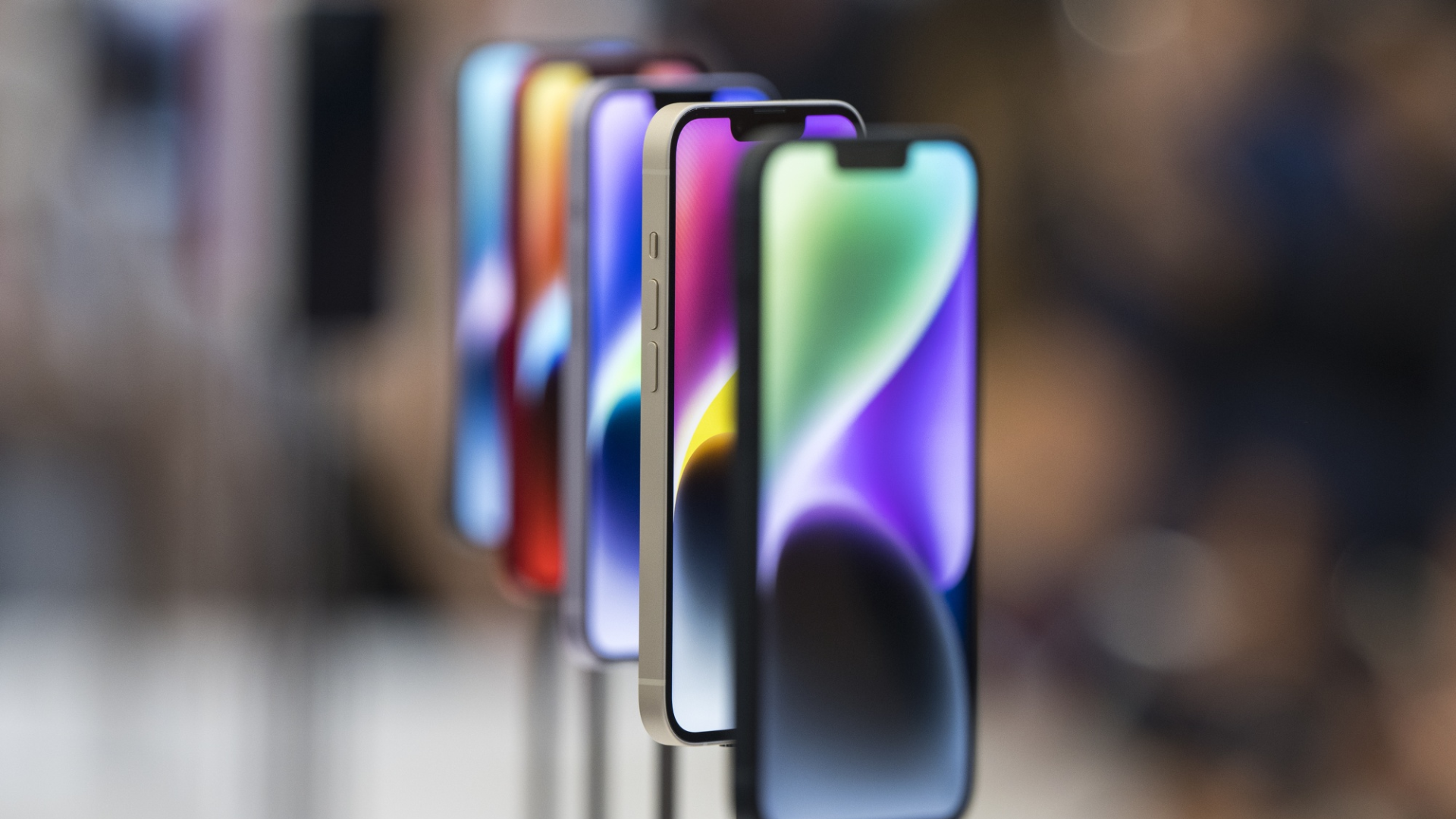



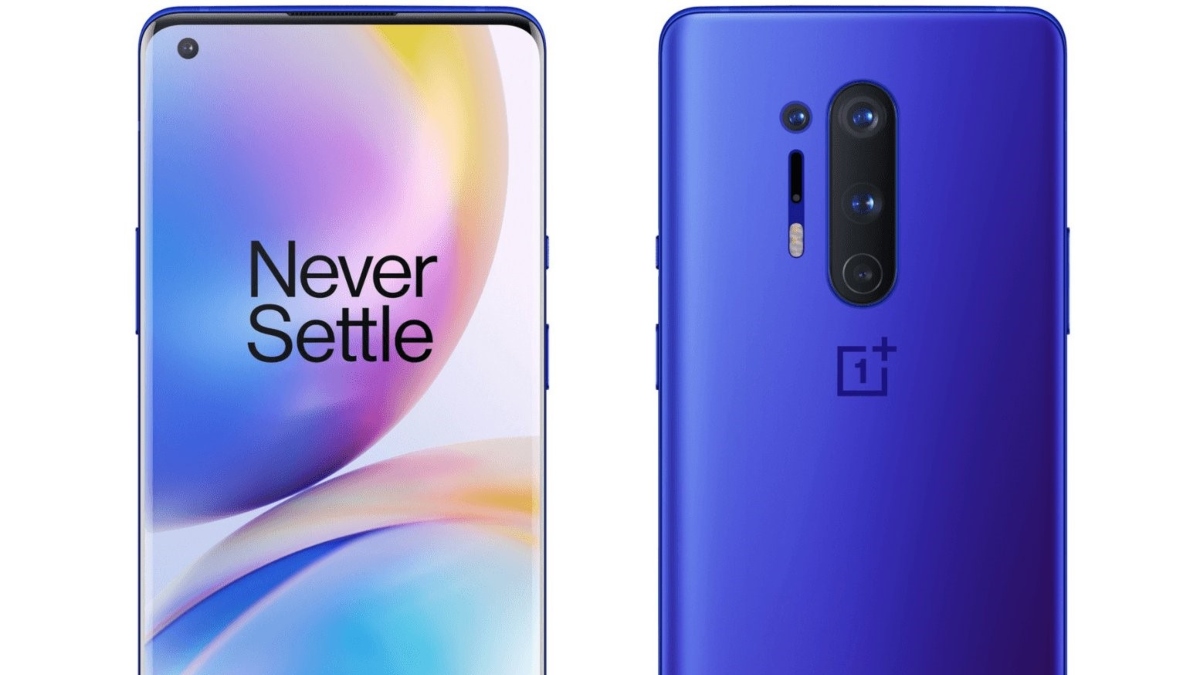
In a day’s time, Carl Pei and Pete Lau will host a live stream and unveil what has become the most leaked smartphone of 2020 — the OnePlus 8. In the last 6 years, OnePlus has become the darling of smartphone enthusiast culminating with last year’s OnePlus 7 models becoming the most popular premium smartphones in India with over 30% market share in the Rs 30,000 plus segment beating out even the iPhone and Samsung’s Galaxy S series. So popular has been OnePlus’s star that it forced some bold moves by the likes of Apple and Samsung which has culminated in perhaps the best iPhone we’ve seen in over 3 years. Samsung’s rebuttal has been bolder with it throwing everything just short of the kitchen sink culminating its boldest smartphone in more than 5 years. Especially when it comes down to Android smartphones — the technology is commoditized and cyclical and that points towards. More so when one combines what the rumour mill has been cooking with the leaks and what we’ve already seen on Samsung’s bold yet overcooked attempt with the Galaxy S20 series, chances are the new OnePlus phones will dazzle ravenous enthusiasts.
The OnePlus 8 Pro alongside its standard model will be the fastest Android smartphones – period. That’s just the way OnePlus rolls. They are obsessed with speed. Already the 6-month-old OnePlus 7T Pro is able to hold its own with the latest Galaxy S20 Plus in the pure horsepower department despite being based on older tech. OnePlus has already announced that their upcoming phone will be based on Qualcomm’s Snapdragon 865 chip which is supposedly going to be fiendishly fast coupled with a new 120Hz display which will be faster than the 90Hz screen on the previous models. OnePlus is also upgrading the RAM to DDR5 with UFS 3.0 storage which is tuned in tandem with a number of new software-based optimisations which will surely make these new phones the fastest Android phones around. Though — the gap will not be as wide as what OnePlus has enjoyed in the past. That’s because the Galaxy S20 also now has a 120Hz screen which looks mind-blowing coupled with the fact that OnePlus has reached a ceiling to its performance advantage. One will be really surprised if these phones feel meaningfully faster in terms of daily usage from its predecessors and phones like Samsung’s Galaxy S20.
Sure, they will be better at gaming or at least are likely to be. Qualcomm’s Snapdragon 865 chip is known to be better than Samsung’s Exynos 990 which powers the S20 models in India. There are phones from brands like iQOO and Realme, but let’s be real for the OnePlus faithful these brands aren’t a competition. OnePlus also pulls ahead in because of its slick software, and hardware design. Oxygen OS is simply the best mobile software stack that’s there – better than Google’s own original take on Android and for some, even better than iOS which powers the iPhone. When that’s married to something that has a delightful display on an elegant kit of hardware — you’re talking about a winner.
Also Read: The coronavirus pandemic will cause a massive backlash for Huawei

This year, OnePlus will retain the same design as last year on the OnePlus 7 however it replaces the pop-up cameras with a more basic hole-punch notch for the selfie camera. It is also said to be adding IP68 water and dust resistance in addition to 30-watt wireless fast charging which could popularise wireless charging just the way it has popularised fast charging in the past.
The bigger deal is the cameras. OnePlus has always flattered to deceive with the cameras but this year things could truly change. The top of the line OnePlus 8 Pro is slated to be using a quad-camera setup using Sony’s IMX 689 48-megapixel sensor for the primary camera, the IMX 586 48-megapixel sensor for the wide-angle camera coupled with an 8-megapixel telephoto lens which will do up to 3x optical zoom and a colour filter which will elevate the white balance and low-light sensitivity for the photos. This is an interesting choice as it is a stark departure from what Samsung or Xiaomi are doing with 108-megapixel sensors on their phones. It is also contrasting to what Huawei is doing with the P40 Pro with its 50-megapixel sensor. It, however, is very similar to the setup on the Oppo Find X2 Pro which is from its sister company.
Last year, the best camera sensor was the Sony IMX 586 which is now being used in the wide-angle camera for the OnePlus 8. Its CEO and co-founder Pete Lau even shared photos of this wide-angel camera on Twitter showcasing incredible low-light performance for the wide-angle camera. So far, smartphone vendors have skimmed on the wide-angle camera hardware. On the iPhone 11, it can’t do night mode, on the Galaxy S20, it is using an inferior sensor — OnePlus has basically used the best sensor from a year before pointing towards the best wide-angle camera that’s ever been put in a smartphone.
But there is more. Fundamentally most smartphones are actually shooting between 8-16-megapixel photos even when the camera resolution is 48-megapixel or 64-megapixel or even 108-megapixels. A 12-megapixel is standard for a smartphone — so most phones use a technique called pixel binning which was first seen in Nokia’s PureView smartphones in 2012 and 2013. In this multiple sub-pixels are fused to create a superpixel. So on the 48-megapixel cameras, the pixel oversampling is done 4 sub-pixels to create 1 super pixel resulting in a more light-sensitive and attractive photo at a 12-megapixel resolution.
The problem is that as the overall megapixel count of the sensor goes up, the quality of the sub-pixel goes down as most of these sensors are fundamentally quite small as they are installed on a phone — hence the 48-megapixel resolution is optimal for the best images. The 108-megapixel one is perhaps the best one for having high levels of zoom like the Galaxy S20 as it gives more headroom for cropping into photos without distortion.
A look at the DXOMARK score of the Oppo Find X2 Pro is also indicative of the fact that this 48-megapixel sensor will result in some great photos; better photos than most cameras out there including the iPhone 11, if tuned properly with the hardware. What it will not excel at is crazy levels of zoom which is mostly unneeded. OnePlus’s conviction in not needing crazy levels of zoom also hails in the fact that it’s using a big flagship-grade sensor for the wide-angle camera in concert with a colour filter sensor.
With it based on the Qualcomm Snapdragon 865, don’t be surprised if it can even do 8K video as that the Galaxy S20 can do that. It should surely be able to do 4K video at 60 frames per second.
All of this could culminate in the best, most rounded Android phone of the year. It has the makings of what someone in Samsung would characterise as stuff what nightmares are made of. There are no two ways — this phone will likely reduce the gap between Android and the iPhone while elevate what’s considered to be the apex for Android. And with that, it will duly be more expensive 5G or not — even though in India that feature is like having a table fan in the summers.
The problem is that we are in the age of the coronavirus. India’s 21-day lockdown was supposed to lift on April 14, now it seems like it is getting extended. Economists are saying that we are headed for the greatest depression since the Great Depression of the 1930s. In this environment, I can’t recommend anyone to care about a phone — leave alone an expensive one. Sure, OnePlus will likely have a light version of this phone which will be cheaper but at upwards of Rs 60k, the OnePlus 8 will no longer be the go-to phone of the Android enthusiast but rather a preference of a snob who doesn’t mind Android. That’s going to be a reality in the post COVID19 world order.




